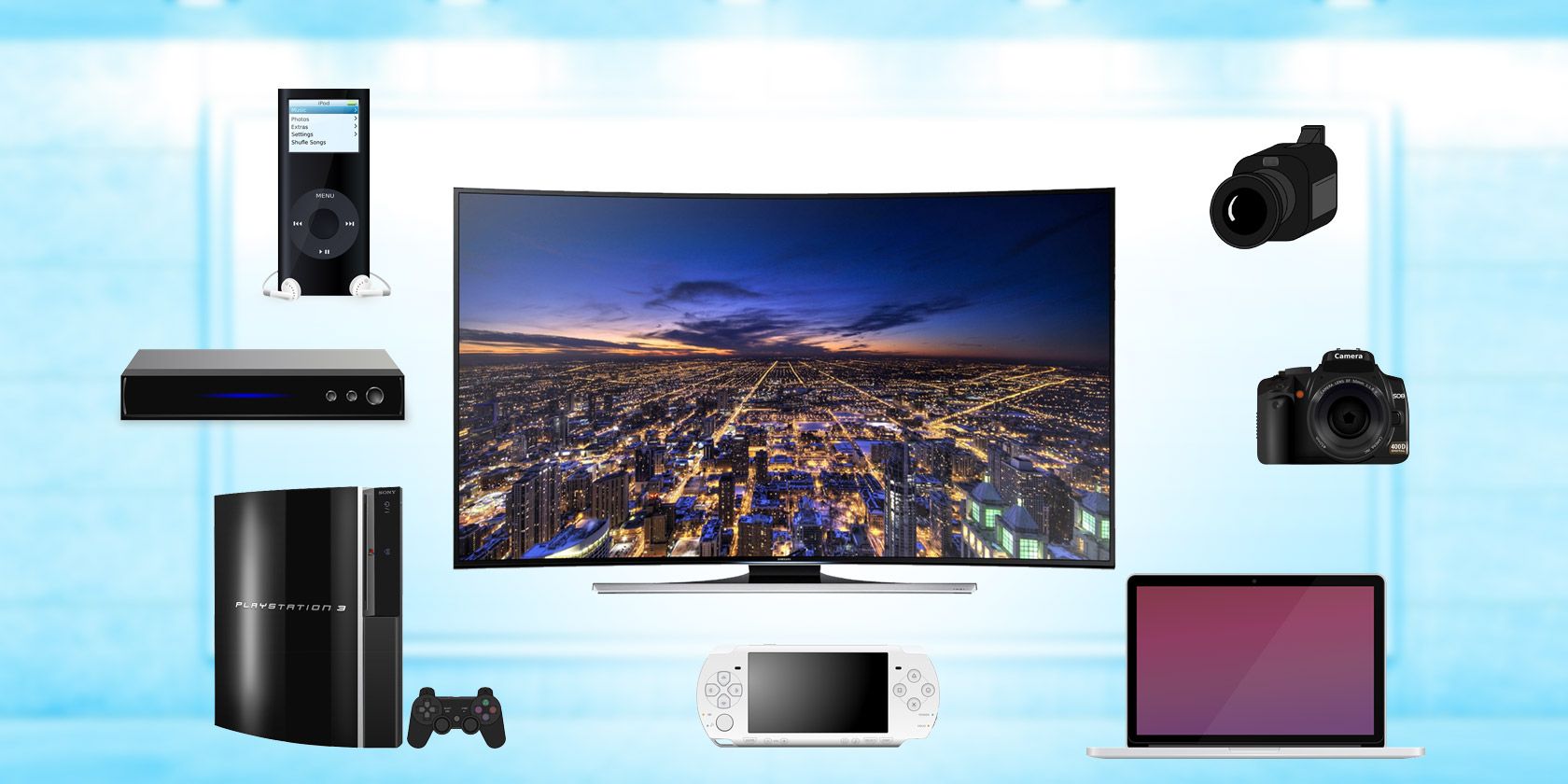

A desktop system will typically offer at least one full-sized HDMI socket, and some larger laptops do as well. Most modern PCs can be physically connected directly to a television. Top tip: Amazon makes its own HDMI cable and it is just as good as something you will pay top dollar for.
Open up the Start menu and select Settings. If you have a smart TV or one with Bluetooth capabilities, you can also pair with it to mirror a laptop or PC screen. This will bring up an options menu where you can alter the display, resolution, orientation, and default screen settings. If this does not happen, simply press the Windows key and search Connect to an external display. Windows should automatically recognize your TV’s required output settings and adjust accordingly. Set your TV to the correct HDMI channel, your laptop should then briefly blink as the settings are configured. Locate the ports on your TV and laptop and plug in the HDMI cable in any order. Amazon has several options and most retail stores will carry them as well. These are generally low-cost and easy to find. You will have to purchase an HDMI cable that is compatible with your computer. Screen Mirroring: How to Connect a Laptop to a TV (Using an HDMI Cable) If you're interested in using a computer monitor instead of your TV for an additional display, check out our guide on how to set up multiple monitors on Windows 10.This article explains how you can mirror your phone, tablet, or PC screen to your TV using a number of different methods including an HDMI cable, Chromecast, Airplay, or Miracast. Once you select your TV from the list of devices that are available for use with Miracast and the connection process finishes (you may need to enter a PIN or password depending on the smart TV you own), your laptop's display will be projected onto your TV. When it appears, select your TV from the list of available devices. Select the Wireless display or dock option. Select the Add Bluetooth or other device option.





 0 kommentar(er)
0 kommentar(er)
